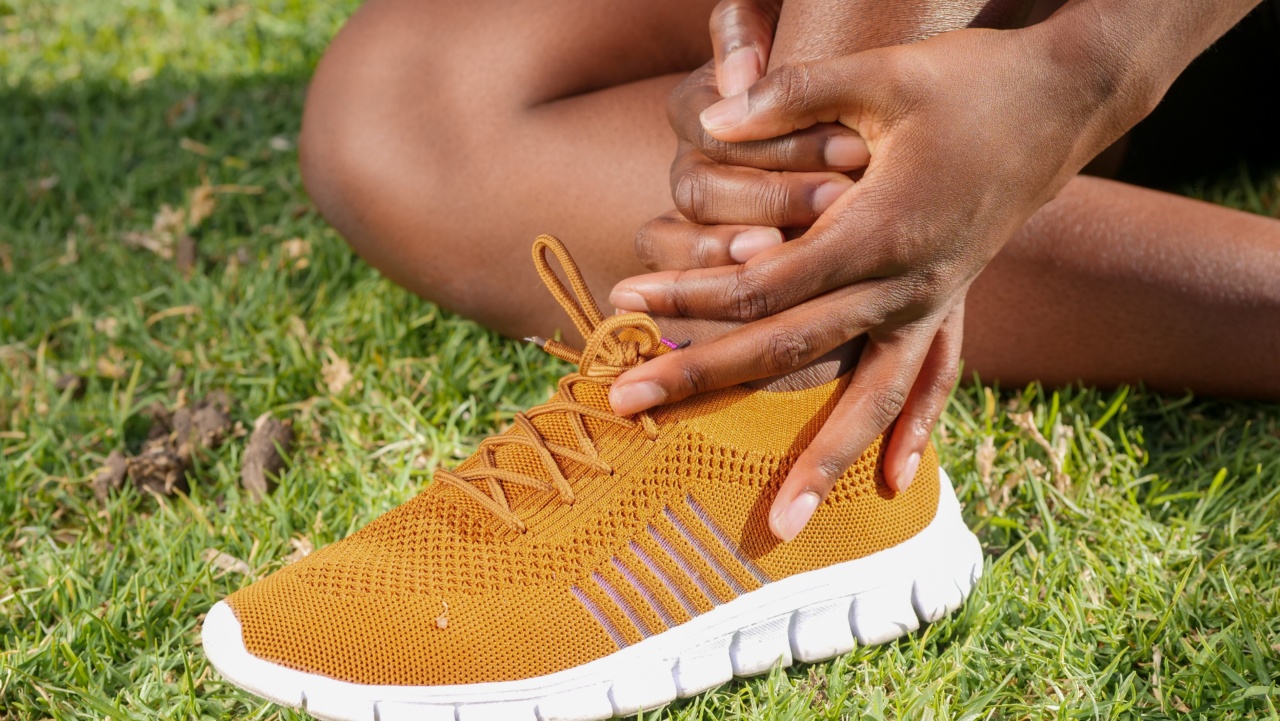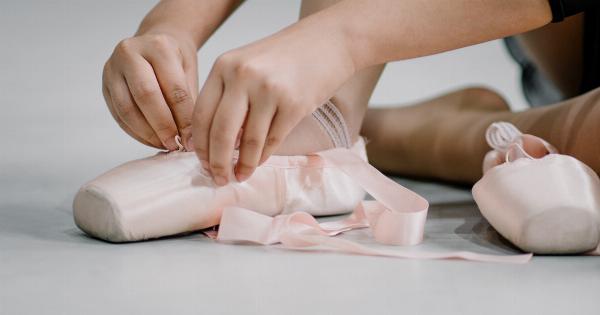It comes as no surprise that footwear can impact the health of our feet. The type of shoe worn can either alleviate or exacerbate foot pain.
Therefore, it is important to understand the link between certain shoe types and foot pain to make informed decisions when it comes to purchasing footwear.
High Heels
High heels are a popular staple in many women’s wardrobes. However, the fashion statement may come at a cost. High heels put the foot in an unnatural position, causing increased pressure on the ball of the foot, toes, and heel.
This constant pressure can lead to conditions such as plantar fasciitis, bunions, and metatarsalgia. Additionally, walking in high heels can cause the Achilles tendon to shorten, resulting in pain and stiffness in the back of the ankle.
Flip Flops and Sandals
Flip flops and sandals often provide little to no arch support, causing the feet to work harder to stabilize and maintain balance. This can lead to conditions such as plantar fasciitis and Achilles tendonitis.
Additionally, the lack of support often causes the toes to grip the shoe, resulting in muscle fatigue, cramping, and pain.
Flat Shoes
Flat shoes seem like a safe alternative to high heels. However, the lack of arch support can cause the foot to roll inward, leading to overpronation. Overpronation can result in conditions such as shin splints, plantar fasciitis, and Achilles tendonitis.
Additionally, flat shoes often lead to increased pressure on the heel, increasing the risk of developing heel pain and plantar fasciitis.
Sneakers
Sneakers are often touted as the ideal shoe for foot health. They provide cushioning and support, reducing the risk of injuries and conditions. However, not all sneakers are created equal.
Sneakers should provide proper arch support, shock absorption, and stability. Shoes that are too flexible or too rigid can lead to foot pain and injuries.
Pointed Shoes
Pointed shoes, often seen in dress shoes for men and women, can cause increased pressure on the toes, leading to conditions such as hammer toes and bunions.
Additionally, the tight fit of pointed shoes often leads to decreased blood flow to the feet, resulting in pain and discomfort.
Hiking Boots
Hiking boots provide necessary support and protection for those who enjoy outdoor activities. However, boots that are too tight or too loose can cause blisters, hot spots, and other injuries.
Additionally, boots that are too rigid can lead to increased pressure on certain areas of the foot, resulting in discomfort and pain.
Athletic Shoes
Athletic shoes are designed for various sports and activities. It is important to invest in properly fitting shoes for each activity. For instance, running shoes should provide cushioning, shock absorption, and support.
Tennis shoes, on the other hand, should provide stability and support for lateral movements. Improper footwear can lead to injuries and other conditions.
Dress Shoes
Dress shoes are often worn for extended periods of time, such as for work or formal events. It is important to invest in properly fitting shoes that provide adequate support and cushioning.
For instance, shoes with a wide toe box can reduce pressure on the toes, while shoes with proper arch support can alleviate pain and discomfort.
Conclusion
Foot pain can be debilitating, impacting one’s daily routine and overall well-being. Wearing proper footwear can reduce the risk of developing conditions and injuries.
It is important to consider factors such as arch support, stability, and cushioning when purchasing shoes. Additionally, it is advisable to seek medical attention if pain and discomfort persist.































